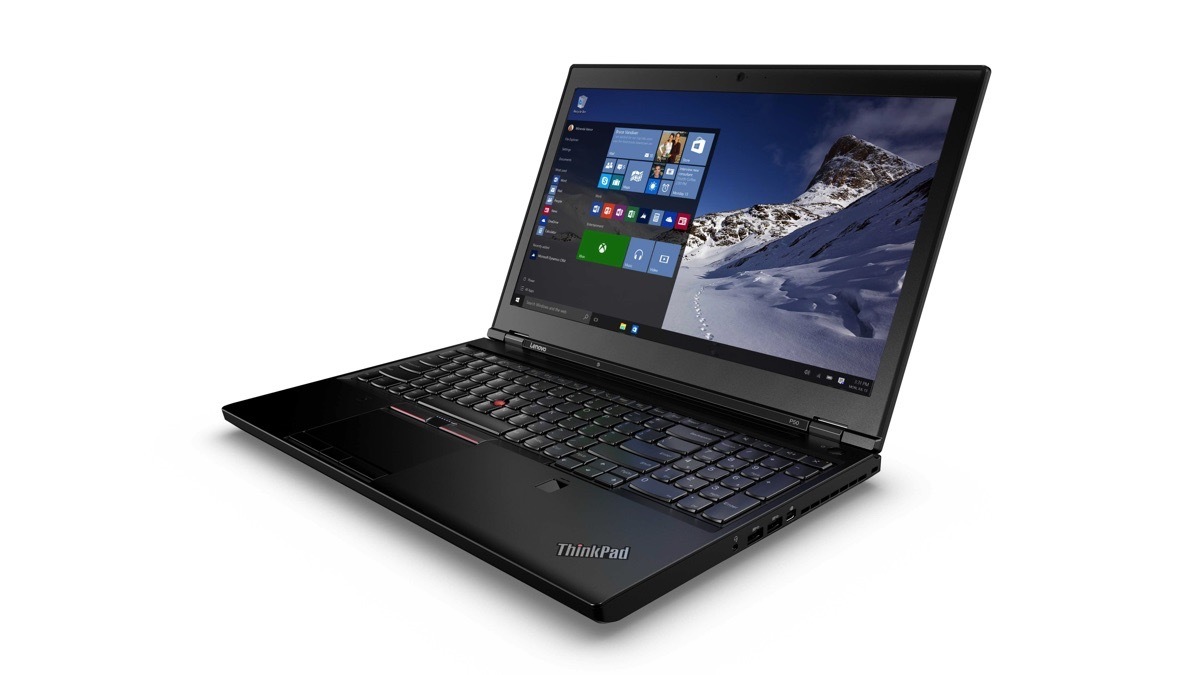This month, Lenovo is shipping two of its new mobile workstations with ThunderboltTM 3 – the ThinkPad P50 and P70. Making sure these systems are utilized to their best capacity requires a lot of attention and assistance for key customers. As such, Lane Jesseph is gearing up for a busy season ahead.
Jesseph, a product manager for Lenovo, brings new workstations to market by connecting with strategic industry partners and large customers. He also spends quite a bit of time on trade show floors educating customers on new capabilities and benefits from the latest technology.
We caught up with Jesseph to hear more about the new ThinkPads and why he thinks Thunderbolt 3 is a game-changer for workstation users.

Thunderbolt: What makes workstations unique within the hardware scene?
Jesseph: Workstations are kind of an oddity in the electronics world. Everybody gets the idea of a PC, a notebook, or a desktop. But a workstation is a very high-powered desktop or notebook computer that’s engineered to run specialized applications. I have to say, workstations are the most fun category of products to work on because of what they do. These are the products that literally help design the world around us. If you’re sitting in a chair, that chair was designed on a workstation. If you’re sitting in a building, that building was designed on a workstation.
It’s not uncommon in this industry to have software investments of $30,000 or $50,000 per license, so performance is the primary consideration for customers. Will it run my software? The second would be expandability. Users will run multiple applications simultaneously and really get the most out of their hardware. Because these machines, especially on the tower side, will run for many hours if not days at a time to work through a particular project, reliability is key for workstations.
Thunderbolt: How are workstation users leveraging Thunderbolt’s capabilities?
Jesseph: For our new mobile workstations, the ThinkPad P50 and P70, Thunderbolt has helped us build our story as being the highest performing machines in our portfolio. The fact that Thunderbolt 3 is now into the USB-C format is cutting edge. At 40 Gbps, the speed is amazing and impressive given the fact that file sizes are not getting smaller. The media and entertainment space is the number one industry that has adopted and embraced Thunderbolt because video files are so large. The oil and gas market is also starting to adopt Thunderbolt. It’s been exciting, and it’s fun to tell customers not only about the speed of the port but how versatile it is.
We’re working with our partners for Thunderbolt docking solutions, storage arrays, and possibly some external graphics solutions to enhance mobile experiences. Thunderbolt lets us take advantage of all that bandwidth.
Thunderbolt: What do you think is the future of Thunderbolt for the workstation community?
Jesseph: The future of Thunderbolt is its versatility – that “one port to rule them all” functionality. Workstation users are power hungry. Their applications can drive hardware right to the maximum. I would say that Thunderbolt is one of those technologies that jumped ahead. Thunderbolt showed what was capable and what was possible. Now users are saying, “Hey, we have this tool at our disposal, how can we maximize it?” So workstation users, they always want more – faster, bigger. Thunderbolt is one of those technologies – it is more, faster, and bigger.
The workstation community is a creative, smart group. They will find uses for Thunderbolt 3, and that’s going to be very fun and interesting to see over the next few years. I guarantee they’re going to come back asking for more bandwidth!
